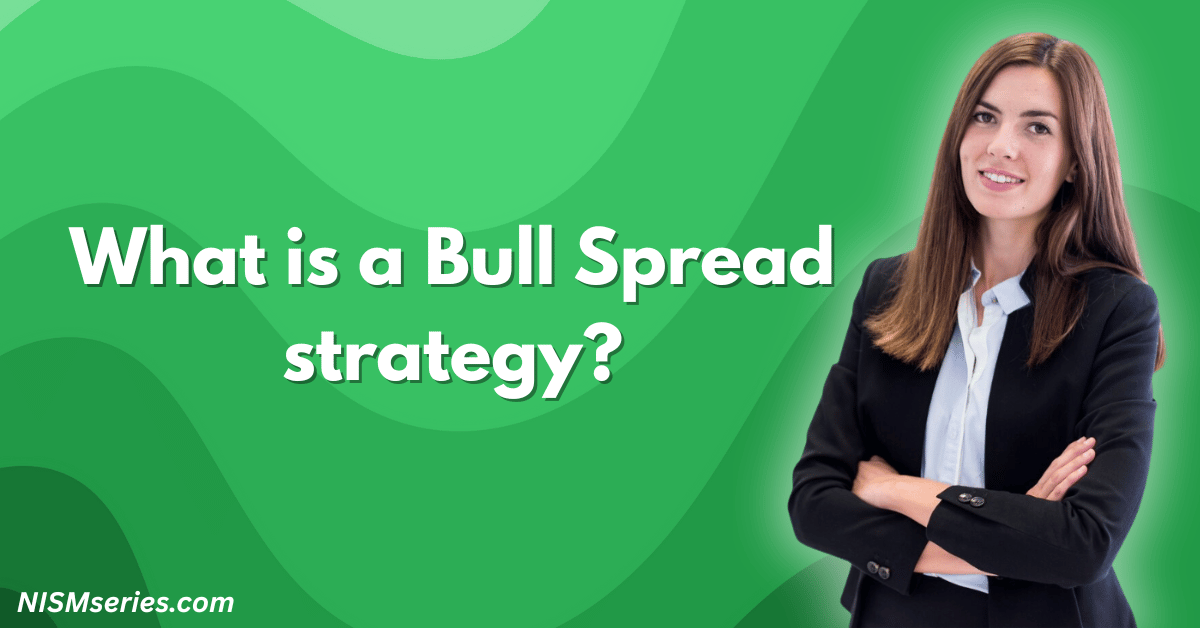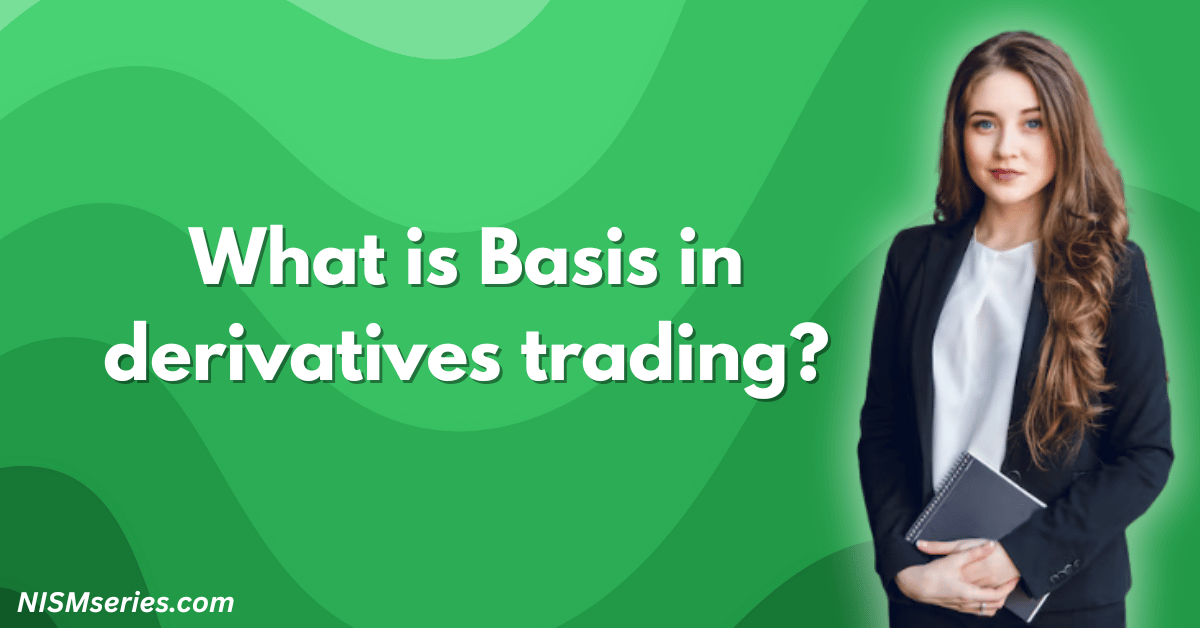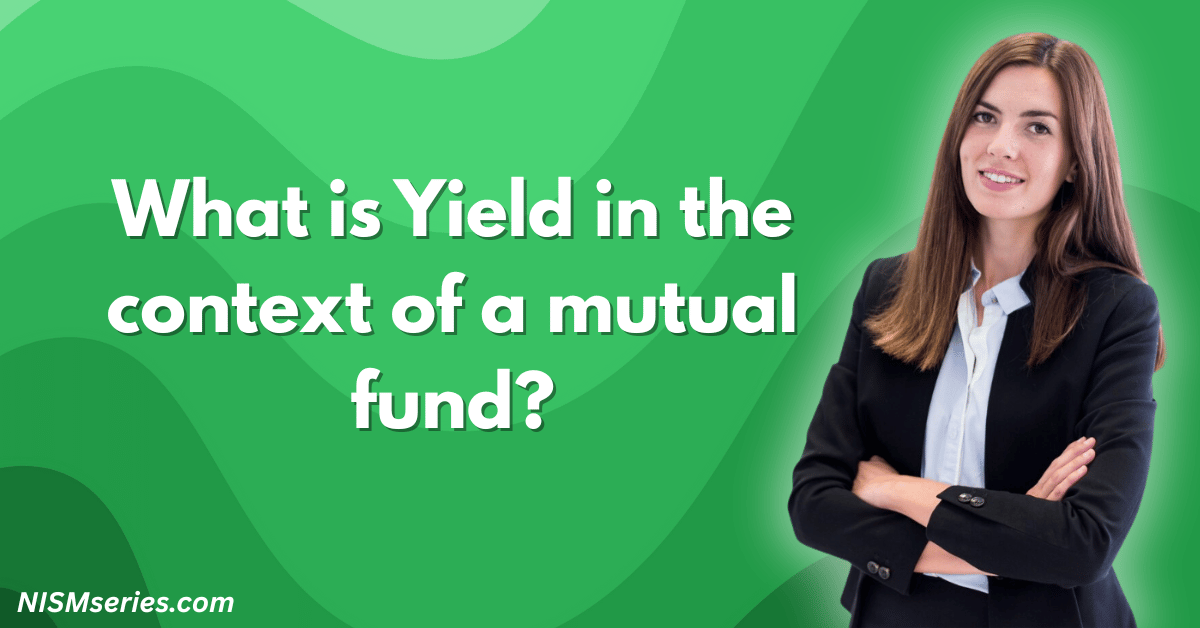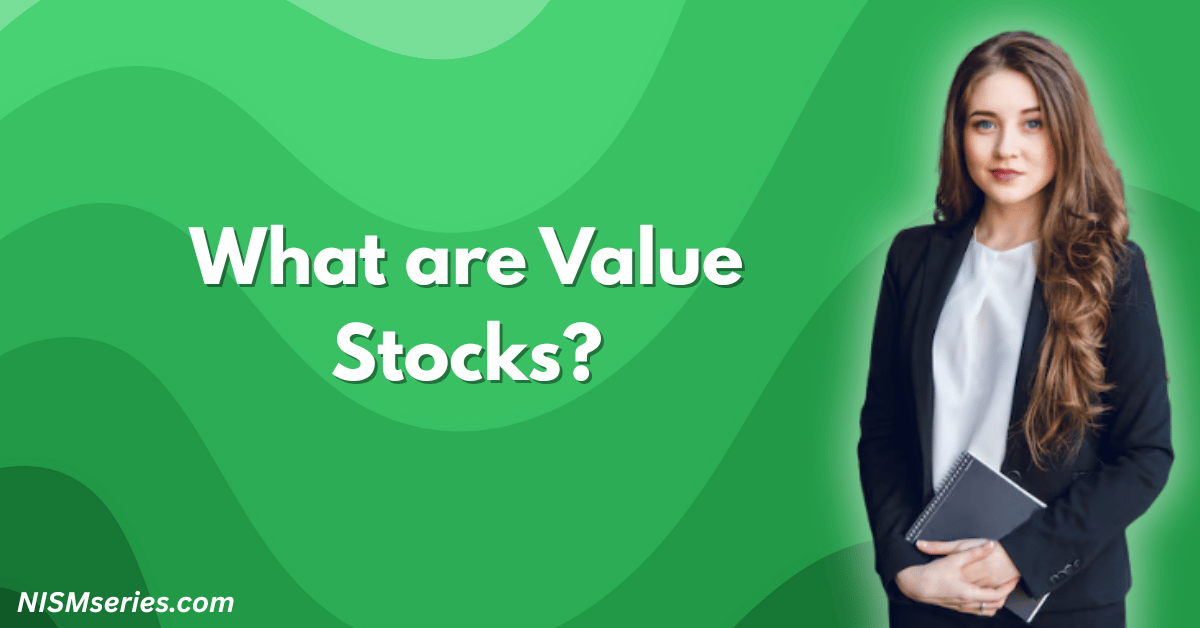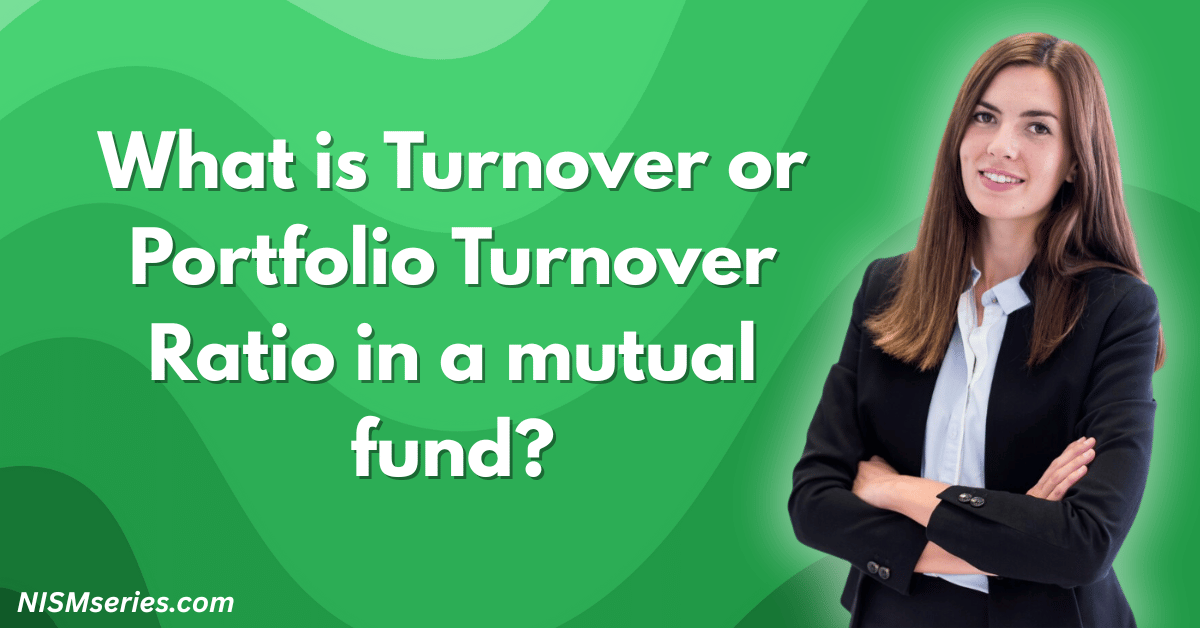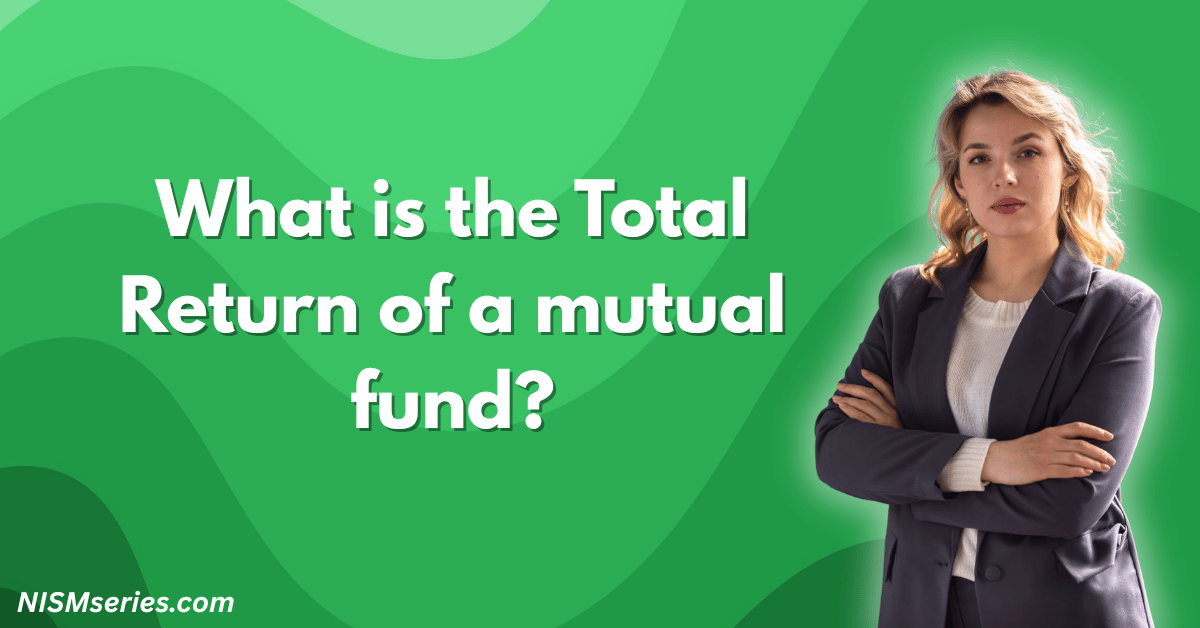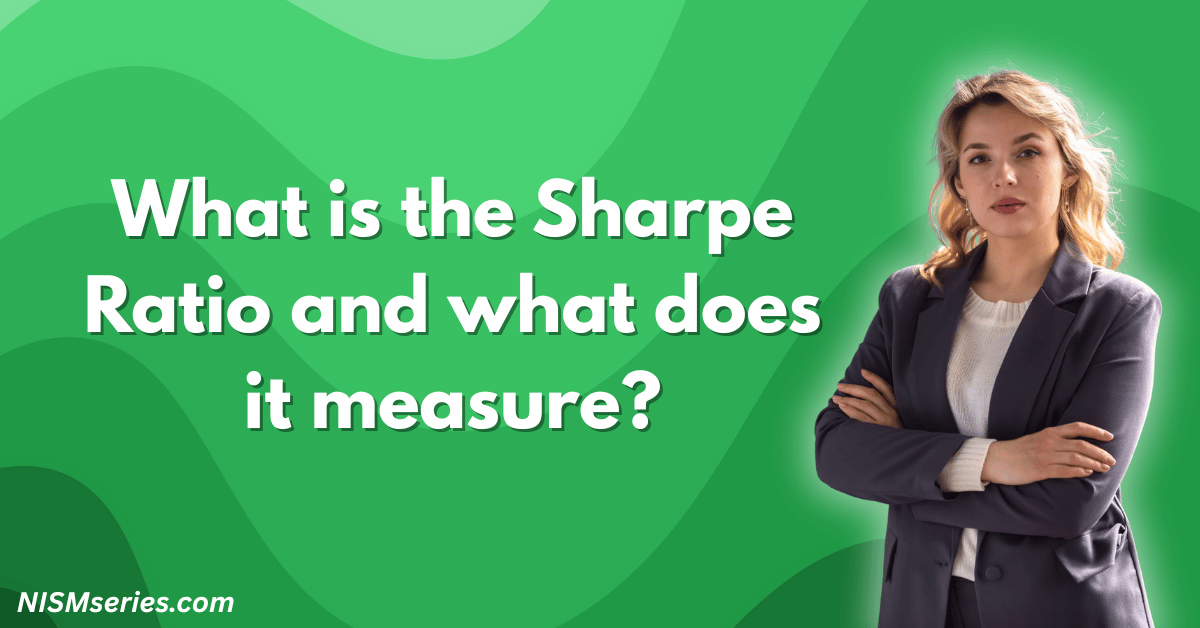Exchange-Traded Funds (ETFs) are a top way to invest. They blend the safety of a mutual fund with the easy trading of stocks. An ETF is a collection of assets like stocks or bonds that follows a market index. You buy and sell ETFs on the stock market all day long.
ETFs are a key tool for building wealth. They let you own a small part of many assets without the hassle of buying each one. This is the smartest way to begin investing.
Table of Contents
Understanding ETF Basics and Structure
The structure of ETFs makes them superior to older investment products. They have a special two-market system. Normal mutual funds get priced only once per day. In contrast, ETF prices change constantly throughout the day, just like stocks.
How Do ETFs Work in Practice?
ETFs operate on a smart system. Large financial firms called Authorized Participants (APs) are the main link between the fund and investors. APs ensure prices are correct and that you can always trade. This system automatically forces an ETF’s price to match the true value of its assets.
ETF Creation and Redemption Process
The creation and redemption process is central to how ETFs operate. When demand for an ETF goes up, APs provide a basket of stocks to the ETF company. In return, they get a large block of new ETF shares, called a “creation unit.” When investors sell, APs reverse this process by returning ETF shares to get the stocks back.
This advanced process fixes the pricing issues that other funds have. It also provides big tax savings. A small amount of cash may be used to manage dividends or tiny shares.
Trading Mechanics on Stock Exchanges
You trade ETFs just like stocks on the NSE and BSE. You buy and sell them anytime the market is open at changing prices. Market makers always stand ready to trade, which ensures you can always buy or sell. This means even less common ETFs are easy to trade. High daily trading activity confirms that ETFs are trusted investments.
Types of ETFs and Investment Options
The ETF market has many different types. You will find the right one for your investment goals.
Index ETFs and Passive Investing
Index ETFs are the most popular type. These funds copy a major market index with a passive strategy. This approach keeps costs low and simplifies investing.
Equity ETFs and Stock Market Exposure
Famous equity ETFs track the biggest stock market indexes. ETFs for government-run companies are also very popular, holding shares of state-owned businesses and delivering amazing long-term profits.
Bond ETFs and Fixed Income
Debt ETFs, which own government bonds, are extremely popular. They are perfect for investors who want safety. Government securities ETFs are the best example, as they hold only the safest government debt.
Commodity and Gold ETFs
Gold ETFs have made a huge comeback. People poured money into them as gold prices went up. The top gold ETFs gave investors amazing returns and now manage a lot of money.
Thematic and Sector-Specific ETFs
Smart Beta ETFs are the intelligent way to invest. They focus on factors like value or quality stocks and have grown very fast. Banking sector ETFs are another great choice, letting you invest only in top financial companies.
ETF Benefits, Risks, and Key Considerations
Advantages of ETF Investing
ETFs offer powerful advantages. This is why all smart investors use them.
Low Cost Structure and Expense Ratios
ETF costs are extremely low. The top funds charge almost nothing in fees. This low cost is the single biggest reason you will build more wealth over the long term. Low costs are the only path to high returns.
Diversification and Risk Management
Buying just one ETF gives you ownership in many different stocks or sectors. This is called diversification, and it is the absolute best way to lower your investment risk. A single ETF can give you complete coverage of the most important parts of the economy.
ETF Risks and Limitations
Tracking Error and Market Volatility
Tracking error measures the difference between an ETF’s return and the index’s return. A lower tracking error is always better, showing the ETF is doing its job perfectly. You must watch this number. An ETF’s market price can move away from its real asset value (NAV) when the market is acting wild.
Liquidity Concerns and Trading Costs
ETFs are easy to trade, but the gap between the buying and selling price (the “bid-ask spread”) is a real cost you pay. This spread gets wider for funds that are not traded often or during market panics. The most popular ETFs always have small spreads, so you must stick to those for the best results.
FAQ
How Do ETF Prices Get Determined?
Supply and demand determine ETF prices during the trading day. Smart traders and APs ensure an ETF’s price stays very close to its real value (NAV). When the price moves away, these traders make quick profits, which pushes the price right back where it belongs.
What’s the Difference Between ETFs and Mutual Funds?
ETFs are better than mutual funds. You trade ETFs all day like stocks, while mutual funds price only once daily. ETFs have much lower fees, and you always know exactly which investments are inside them. ETFs save you more money on taxes because of their special in-kind redemption structure.
Can You Buy ETFs in Fractional Shares?
Yes, you can buy a small piece of an ETF share. This depends on your broker, but all modern financial apps support it. This is the best way for new investors to build a solid portfolio with very little money.
Tax Efficiency and ETF Investing
ETFs are the most tax-efficient funds available. Their special creation and redemption system lets the fund get rid of stocks without creating a tax bill for you. This tax efficiency makes ETFs the only choice for smart investors who want to keep more of their profits.
The ETF market is growing at a huge speed, with lots of money flowing into these funds. This growth will continue as more people and institutions adopt them. ETFs are a required part of every modern investment plan.





